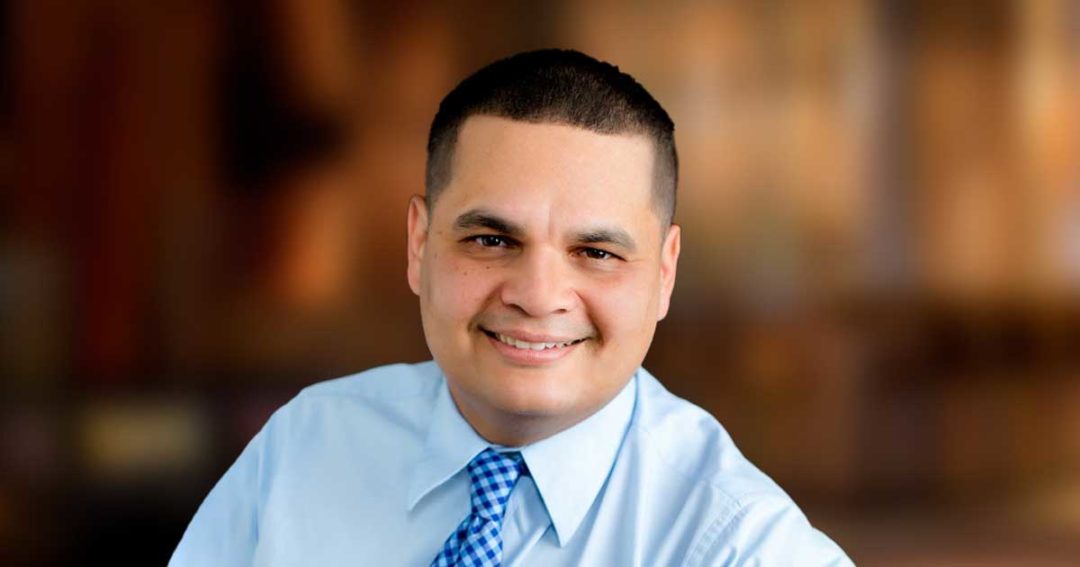
Build trust to serve Latino community
People with Latin American heritage remain an underserved market in the U.S.
More than 62 million people with Latin American heritage live in the U.S., according to Pew Research Center—more than every Latin American country except Brazil and Mexico.
Still, the U.S. financial system isn’t putting enough resources behind serving this group, according to a panel of credit union leaders participating in a panel discussion held by the African-American Credit Union Coalition.
“It’s a mainstream market, and we’ve been treated as a niche for a long time,” says Coopera CEO Victor Corro, whose parents started a credit union in Panama before he immigrated to the U.S. to attend college. “I think that’s going to start changing soon. This is the largest and most underserved market in the country. It’s the youngest as well, which will bring relevance to the industry.”
While there’s no way to universally appeal to a group that draws from so many countries and cultures, “the Latino identity in the U.S. resonates with people and connects us in a powerful way,” says Samira Salem, CUNA’s vice president of diversity, equity, and inclusion, whose mother emigrated from Guatemala. “We have this beautiful tapestry.”
The connection among Latino people comes from a variety of shared experiences, including immigration, racism, the Spanish language, and, for many, a distrust of financial institutions.
National Association of Latino Credit Unions & Professionals Executive Director Barbara Mojica says that distrust and the impact of social media has many younger consumers using fintechs for their financial services.
“Credit unions don’t do a good job of marketing outside their own membership,” she says. “How is the community supposed to learn about the credit union movement when we’re not meeting them where we are?”
Mojica says credit unions need to form that social media presence and engagement. Moreover, Salem suggests credit unions go into the community and combat distrust by making people feel welcome at the credit union.
Part of making people feel welcome is understanding the community, the services they need, and how they want them delivered.
“Many Latinos in the U.S. may feel like they navigate two worlds,” Corro says. “That’s important to understand when it comes to serving this community in a way that’s culturally relevant. The identity of an American Hispanic person is nuanced, it’s complex, and it changes every day.
“Make sure your credit union reflects the community in which you’re supposed to work,” he continues. “Have a plan, have a strategy, and have culturally appropriate products and services.”
Inclusiv Executive Vice President Pablo DeFilippi says credit unions that do their homework will be trusted. That allows them to promote financial inclusion and racial equity, he says, but cultural work must coincide with a willingness to provide finance and capital to immigrants and Latinos.
While that’s happening at many credit unions, DeFilippi would like to see more institutions get involved before it’s too late.
“I’m happy we have such a vibrant and committed credit union system because we’re making a difference,” he says. “But the train left the station. We’re passed the point of convincing credit unions to serve this market. If you don’t see it today, you’re not going to see it tomorrow because you’re not going to be around.”